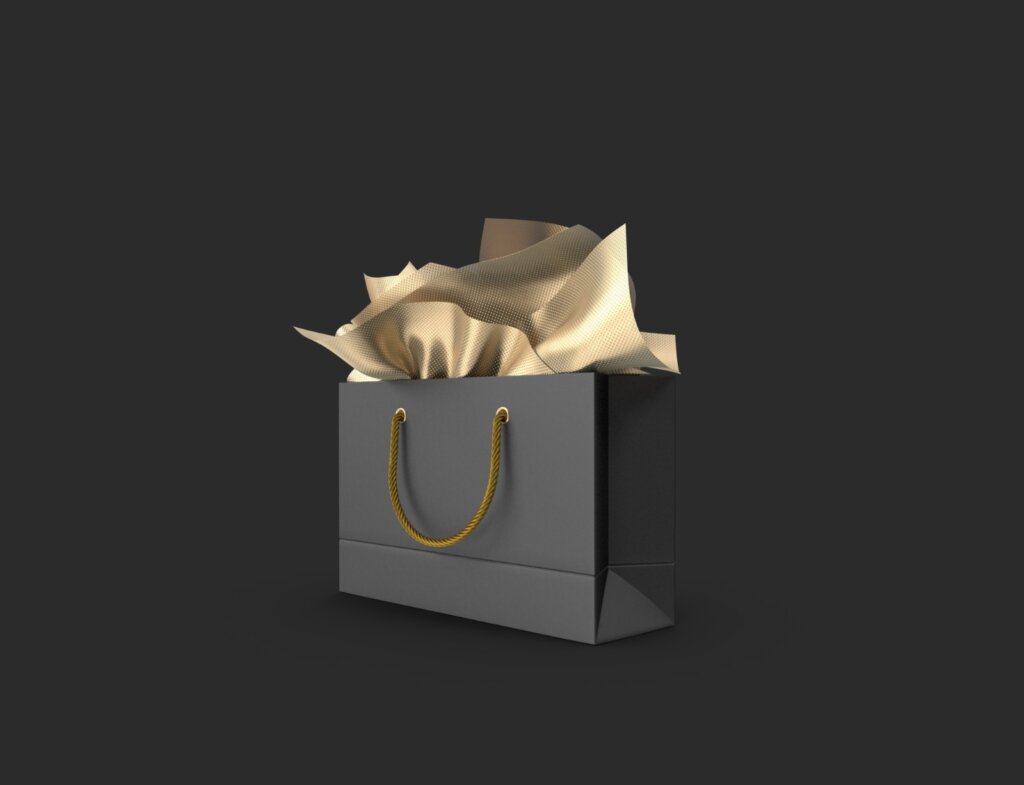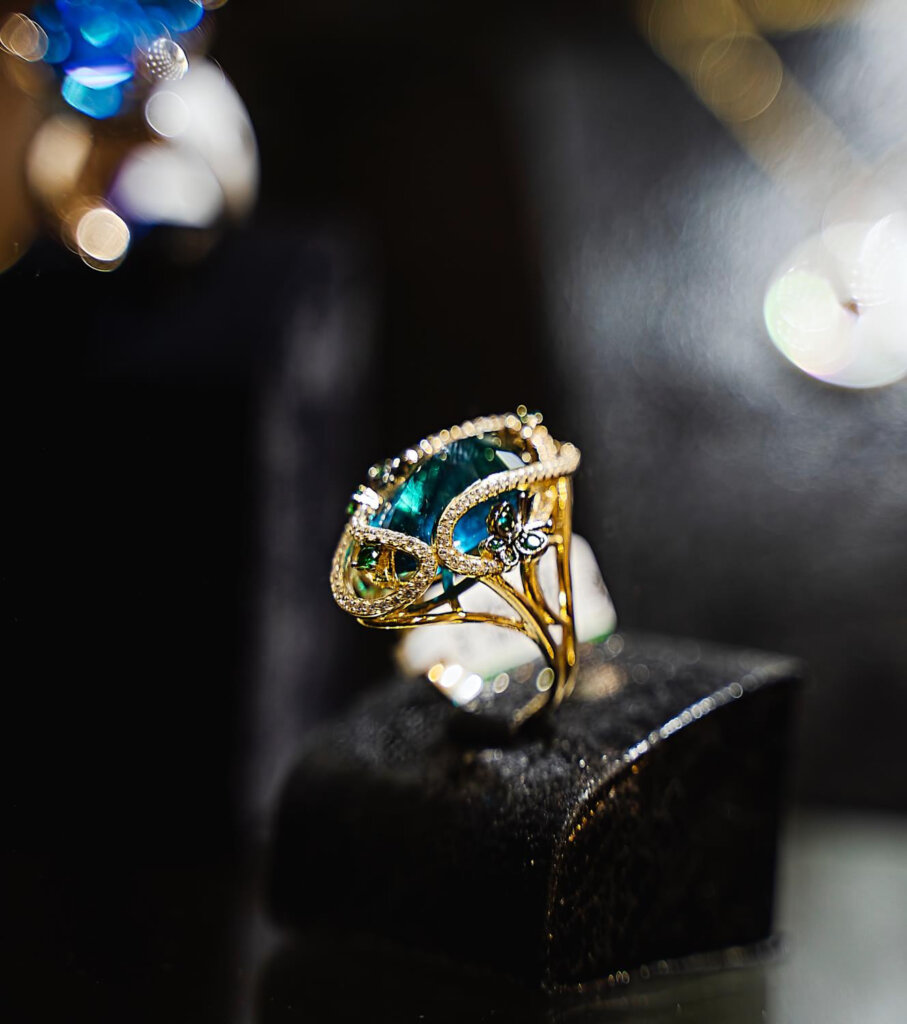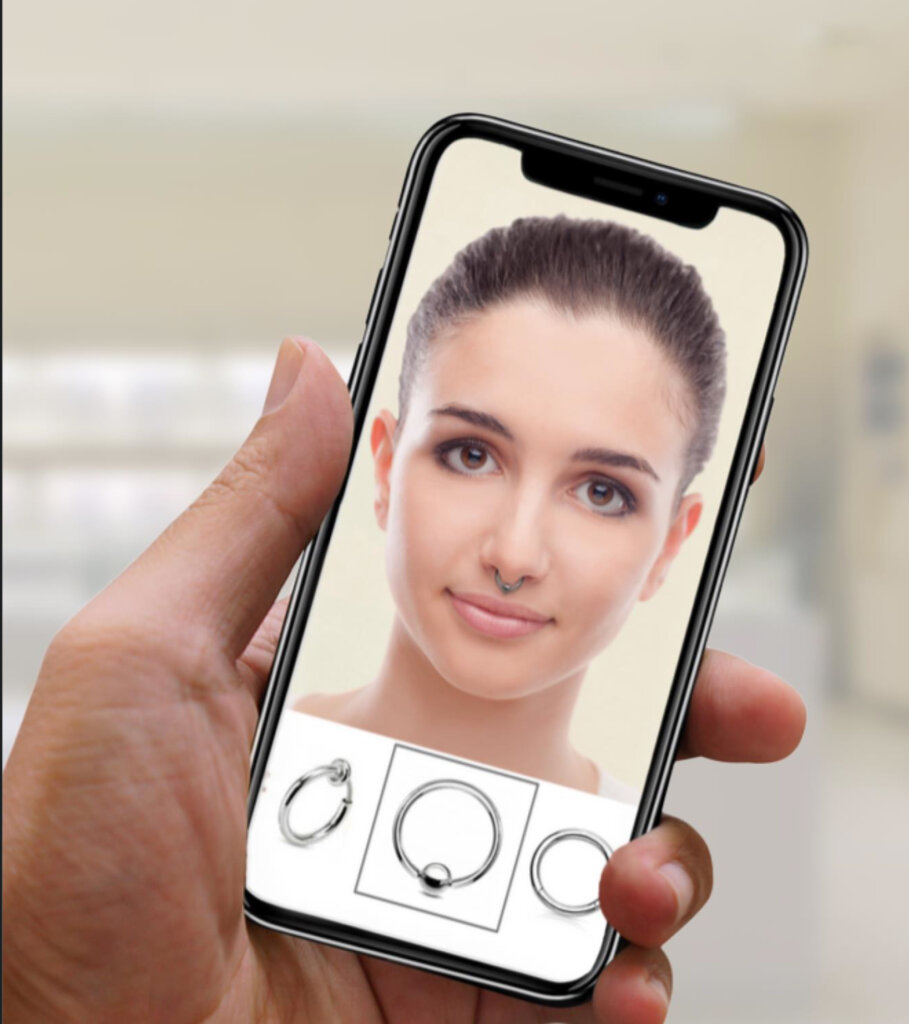Case Studies
Fake
INVENTORY MANAGEMENT
INVENTORY MANAGEMENT
A prestigious global jewelry brand sought a solution to effectively manage its inventory of gift boxes. Its distinctive packaging elevates the purchase, adds value to the brand, and enhances the customer experience. The company wanted to ensure that the proper packaging was always available and used for the correct pieces. PT Next supported by:
- Implementing technology to digitally label each packaging item so inventory could be scanned.
- Enabling the boutique to review stock and create replenishment reports using RFID inventory scanning technology.
PT Next implemented technology that digitally labels each packaging item so the boutique can scan the inventory without reading every bar code. This “non-line-of-sight” inventory scanning solution enables the boutique to review stock and automatically create replenishment reports. The brand ensured each boutique had the correct supply and availability of packaging, faster stock counting, and more accurate inventory reporting. This innovative solution also reduced the cost of excess packaging inventory.

PRODUCT VISIBILITY
PRODUCT VISIBILITY
When one of the world’s most famous jewelry brands wanted help in monitoring their private high jewelry events, the team at PT Next came up with an innovative, portable, turnkey solution that could easily be moved from location to location. Only the brand’s most valuable clients are invited to privately browse and purchase some of its most beautiful and expensive pieces at these events. With the extremely high value of the jewelry on display, the brand wanted to know the location of every piece at any moment in time.
PT Next attached small and discreet digital markers to each piece which worked in conjunction with digital receiving devices embedded in ceilings and furniture. The receiving devices recorded the movement and location of the priceless jewelry as the pieces were transported to and from private viewing rooms.
Implementing this solution gave the brand 100% visibility as to the location of these priceless items and provided them with data on which salesperson showed the product, for how long, and what pieces were shown together. Just like the high jewelry itself, this data is priceless.

Case Studies
Tracking Product Conversion in Boutiques at Events
Tracking Product Conversion in Boutiques at Events
Tracking Product Conversion in Boutiques at Events
A high-end jewelry client wanted to find out which products, product categories, and viewing rooms would most likely lead to a sale in their brick-and-mortar boutiques and at private events. PT Next installed RFID read points with small antennas at sales desks, on smart trays, and in viewing rooms. These read points created a “showing zone” where a product could be detected. RFID tags were added to the products, which enabled them to be discovered once they entered and left a showing read zone. While the item was in a read zone, the RFID tag continually recorded the showing without requiring manual scanning. Once an item left the showing read zone for a pre-determined time, the showing was considered over, and tracking ended.
Customized reports were created showing items that were viewed within the read zones and items that were sold. A conversion rate was determined based on how many times an item was shown without selling versus how many showings led to a sale. If an item was sold after a recorded showing, it was counted as a conversion. The reports showed the conversion rate by product, category, and read zone.
Using conversion data enabled this client to make more informed decisions on boutique product assortment and visual merchandising, better understand seasonal and regional variances, support employee training, and deliver more meaningful customer interactions.

Tracking Product Conversion in Boutiques and at Events
Tracking Product Conversion in Boutiques and at Events
Tracking Product Conversion in Boutiques and at Events
A high-end jewelry client wanted to find out which products, product categories, and viewing rooms were most likely to lead to a sale in their brick-and-mortar boutiques and at private events. PT Next installed RFID read points with small antennas at sales desks, on smart trays, and in viewing rooms. These read points created a “showing zone” where a product could be detected. RFID tags were added to the products, which enabled them to be discovered once they entered and left a showing read zone. While the item was in a read zone, the RFID tag continually recorded the showing without any manually scanning required. Once an item left the showing read zone for a pre-determined time, the showing was considered over, and tracking ended.
Customized reports were created showing items that were viewed within the read zones and items that were sold. A conversion rate was determined based on how many times an item was shown without selling versus how many showings led to a sale. If an item was sold after a recorded showing, it was counted as a conversion. The reports showed the conversion rate by product, category, and read zone.
Using conversion data enabled this client to make more informed decisions on boutique product assortment and visual merchandising, better understand seasonal and regional variances, support employee training, and deliver more meaningful customer interactions.

Fake
INVENTORY MANAGEMENT
INVENTORY MANAGEMENT
A prestigious global jewelry brand sought a solution to effectively manage its inventory of gift boxes. Its distinctive packaging elevates the purchase, adds value to the brand, and enhances the customer experience. The company wanted to ensure that the proper packaging was always available and used for the correct pieces. PT Next supported by:
- Implementing technology to digitally label each packaging item so inventory could be scanned.
- Enabling the boutique to review stock and create replenishment reports using RFID inventory scanning technology.
PT Next implemented technology that digitally labels each packaging item so the boutique can scan the inventory without reading every bar code. This “non-line-of-sight” inventory scanning solution enables the boutique to review stock and automatically create replenishment reports. The brand ensured each boutique had the correct supply and availability of packaging, faster stock counting, and more accurate inventory reporting. This innovative solution also reduced the cost of excess packaging inventory.

PRODUCT VISIBILITY
PRODUCT VISIBILITY
When one of the world’s most famous jewelry brands wanted help in monitoring their private high jewelry events, the team at PT Next came up with an innovative, portable, turnkey solution that could easily be moved from location to location. Only the brand’s most valuable clients are invited to privately browse and purchase some of its most beautiful and expensive pieces at these events. With the extremely high value of the jewelry on display, the brand wanted to know the location of every piece at any moment in time.
PT Next attached small and discreet digital markers to each piece which worked in conjunction with digital receiving devices embedded in ceilings and furniture. The receiving devices recorded the movement and location of the priceless jewelry as the pieces were transported to and from private viewing rooms.
Implementing this solution gave the brand 100% visibility as to the location of these priceless items and provided them with data on which salesperson showed the product, for how long, and what pieces were shown together. Just like the high jewelry itself, this data is priceless.

Case Studies
INVENTORY MANAGEMENT
INVENTORY MANAGEMENT
A prestigious global jewelry brand sought a solution to effectively manage its inventory of gift boxes. Its distinctive packaging elevates the purchase, adds value to the brand, and enhances the customer experience. The company wanted to ensure that the proper packaging was always available and used for the correct pieces. PT Next supported by:
- Implementing technology to digitally label each packaging item so inventory could be scanned.
- Enabling the boutique to review stock and create replenishment reports using RFID inventory scanning technology.
PT Next implemented technology that digitally labels each packaging item so the boutique can scan the inventory without reading every bar code. This “non-line-of-sight” inventory scanning solution enables the boutique to review stock and automatically create replenishment reports. The brand ensured each boutique had the correct supply and availability of packaging, faster stock counting, and more accurate inventory reporting. This innovative solution also reduced the cost of excess packaging inventory.

PRODUCT VISIBILITY
PRODUCT VISIBILITY
When one of the world’s most famous jewelry brands wanted help in monitoring their private high jewelry events, the team at PT Next came up with an innovative, portable, turnkey solution that could easily be moved from location to location. Only the brand’s most valuable clients are invited to privately browse and purchase some of its most beautiful and expensive pieces at these events. With the extremely high value of the jewelry on display, the brand wanted to know the location of every piece at any moment in time.
PT Next attached small and discreet digital markers to each piece which worked in conjunction with digital receiving devices embedded in ceilings and furniture. The receiving devices recorded the movement and location of the priceless jewelry as the pieces were transported to and from private viewing rooms.
Implementing this solution gave the brand 100% visibility as to the location of these priceless items and provided them with data on which salesperson showed the product, for how long, and what pieces were shown together. Just like the high jewelry itself, this data is priceless.

Digital Display: elevating the shopping experience to provide a personalized shopping experience in brick-and-mortar settings, simulating and enhancing the benefits of online shopping, including access to product knowledge, research, specs, and content not typically available in a retail store.
Fake
Customer Engagement
Customer Engagement
One of the world’s largest watchmakers approached Pac Team Group to the design and manufacture a new premium shop for their flagship
brand within the historic Macy’s Herald Square in New York City.
The objective was to create an eye-catching environment that embodies the innovation, energy, and advanced technology for which company’s
watches are known. PT Next supported by:
- Curating digital and lighting technologies to create a high-energy experience.
- Utilizing cutting-edge OLED transparent screens and custom digital content to capture customer attention.
- Highlight individual watches with digital animation that offers additional content.
- Implementing a border of high-resolution screens playing a single stream of video to provide the impression of movement and continuity.
The brand was the first to use this technology in the 2.5 million square foot store, ensuring it stood out within a crowded retail space.

Increasing Engagement & Sales
Increasing Engagement & Sales
A large chain of tax-free jewelry boutiques serving off-board cruise ship passengers wanted to increase the sales of its Tanzanite gemstones through product education.
PT Next installed smart displays so when customers reached for a piece of Tanzanite jewelry it triggered a series of educational videos on the screen above the showcase. The video sound was directed downward toward the customer using unidirectional speakers to avoid interfering with the general store environment.
The retailer experienced an increase in sales of Tanzanite because of using “Lift & Learn” technology.

VIRTUAL TRY-ON
VIRTUAL TRY-ON
VIRTUAL TRY-ON
A major jewelry retailer wanted its shoppers to see what they would look like wearing jewelry that could not easily be tried on, particularly facial jewelry like piercings.
PT Next provided a digital display that enables the shoppers to take a “selfie” photograph and then display the image. The customer can then select the items of jewelry they are interested in “trying on,” and the display places the visualization of how those items will look.
By using a virtual try-on, shoppers are empowered to see what various pieces look like on themselves and can make faster, more informed purchasing decisions without physically
handling the products. Customers enjoyed an enhanced shopping experience, and the retailer saw an increased conversion rate across the boutique.

Case Studies
Customer Engagement
Customer Engagement
One of the world’s largest watchmakers approached Pac Team Group to the design and manufacture a new premium shop for their flagship
brand within the historic Macy’s Herald Square in New York City.
The objective was to create an eye-catching environment that embodies the innovation, energy, and advanced technology for which company’s
watches are known. PT Next supported by:
- Curating digital and lighting technologies to create a high-energy experience.
- Utilizing cutting-edge OLED transparent screens and custom digital content to capture customer attention.
- Highlight individual watches with digital animation that offers additional content.
- Implementing a border of high-resolution screens playing a single stream of video to provide the impression of movement and continuity.
The brand was the first to use this technology in the 2.5 million square foot store, ensuring it stood out within a crowded retail space.

Increasing Engagement & Sales
Increasing Engagement & Sales
A large chain of tax-free jewelry boutiques serving off-board cruise ship passengers wanted to increase the sales of its Tanzanite gemstones through product education.
PT Next installed smart displays so when customers reached for a piece of Tanzanite jewelry it triggered a series of educational videos on the screen above the showcase. The video sound was directed downward toward the customer using unidirectional speakers to avoid interfering with the general store environment.
The retailer experienced an increase in sales of Tanzanite because of using “Lift & Learn” technology.

VIRTUAL TRY-ON
VIRTUAL TRY-ON
VIRTUAL TRY-ON
A major jewelry retailer wanted its shoppers to see what they would look like wearing jewelry that could not easily be tried on, particularly facial jewelry like piercings.
PT Next provided a digital display that enables the shoppers to take a “selfie” photograph and then display the image. The customer can then select the items of jewelry they are interested in “trying on,” and the display places the visualization of how those items will look.
By using a virtual try-on, shoppers are empowered to see what various pieces look like on themselves and can make faster, more informed purchasing decisions without physically
handling the products. Customers enjoyed an enhanced shopping experience, and the retailer saw an increased conversion rate across the boutique.


